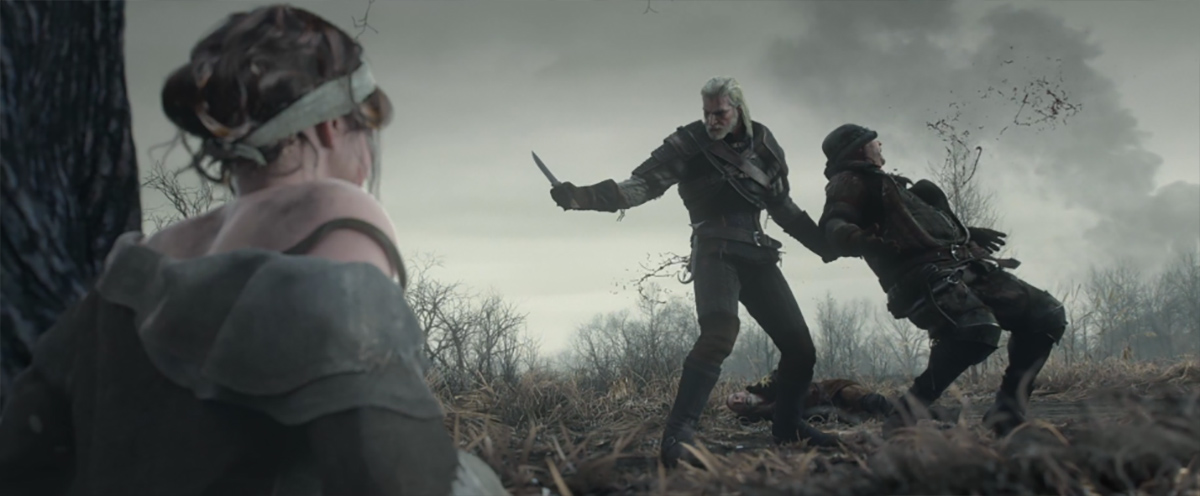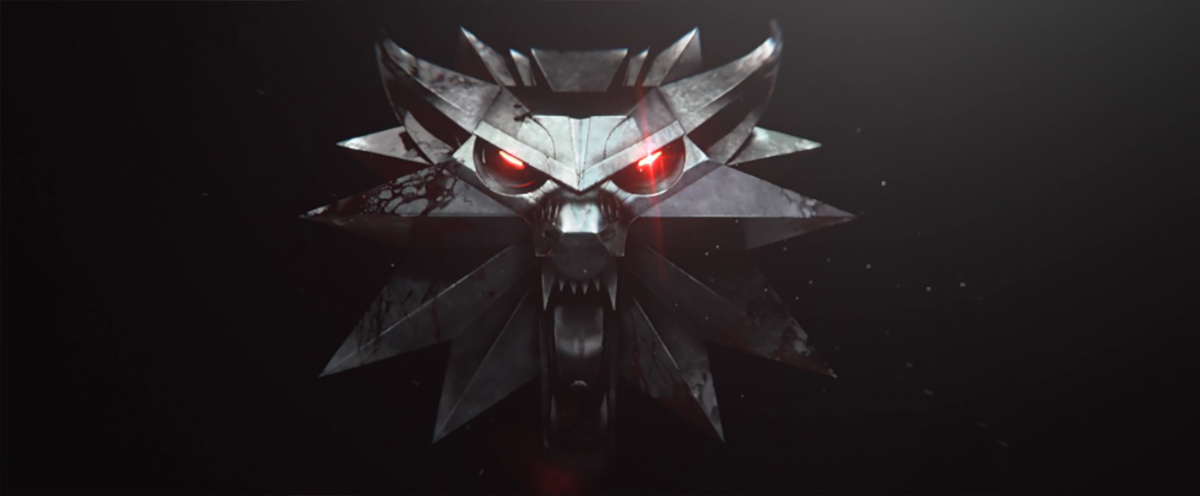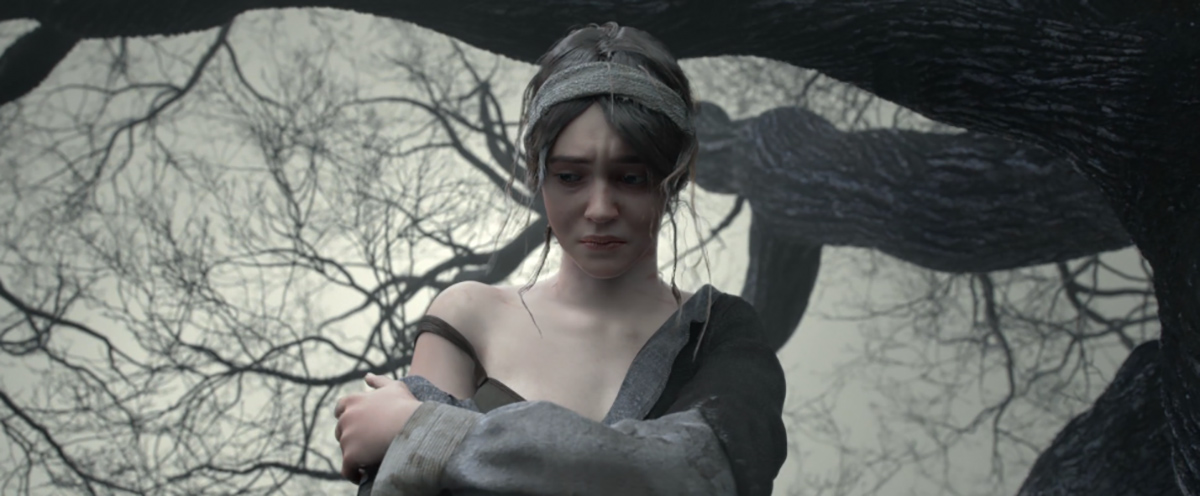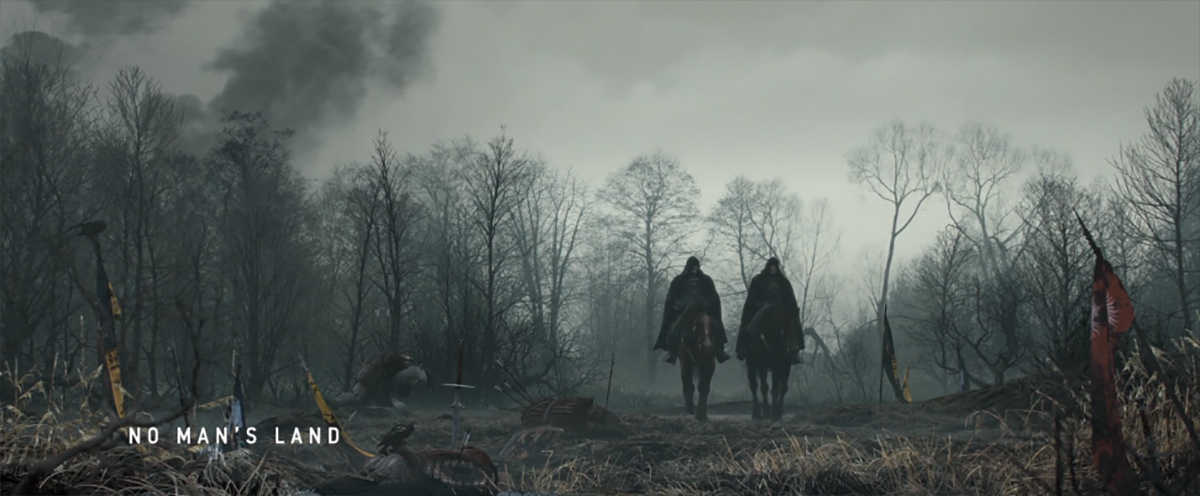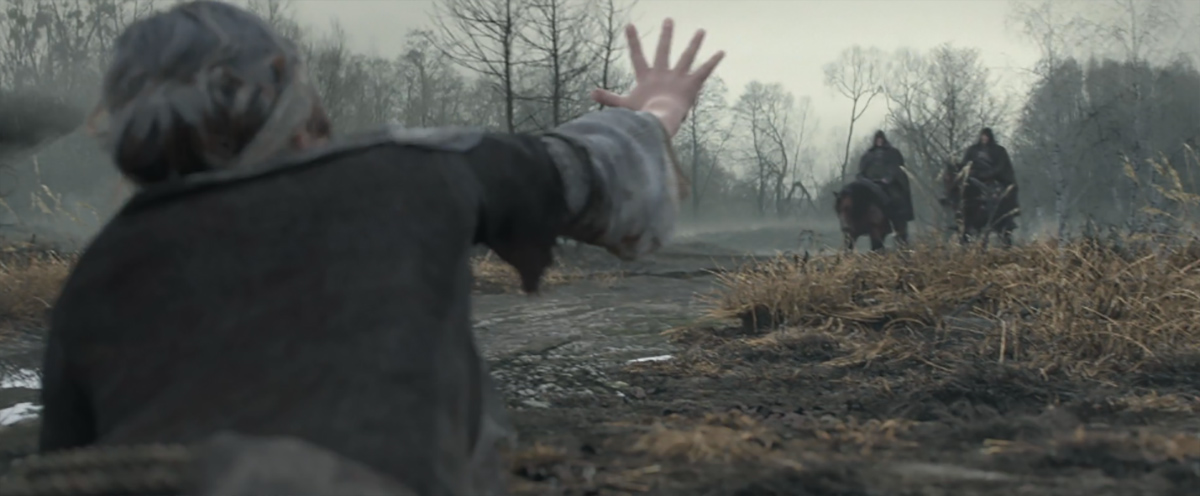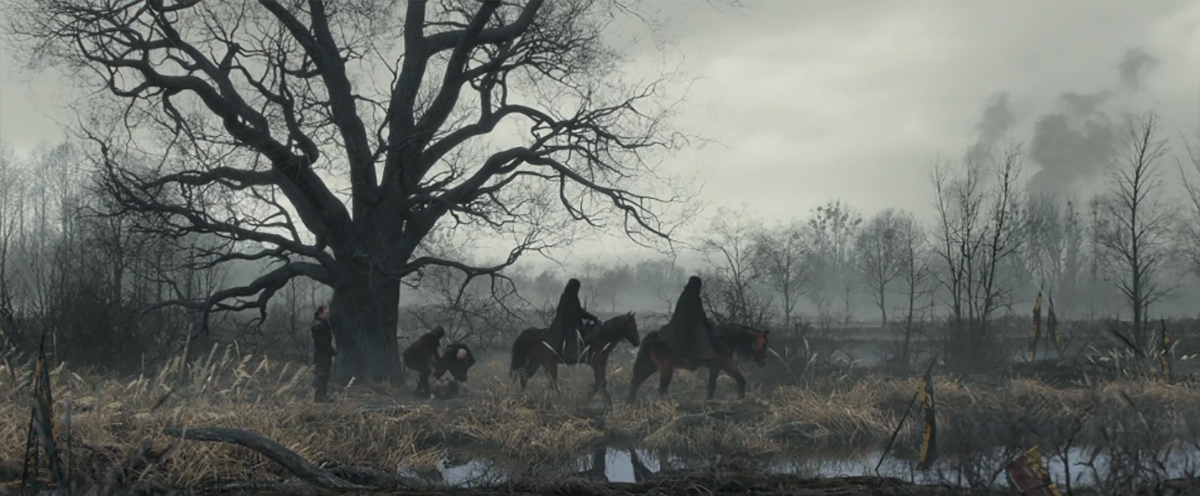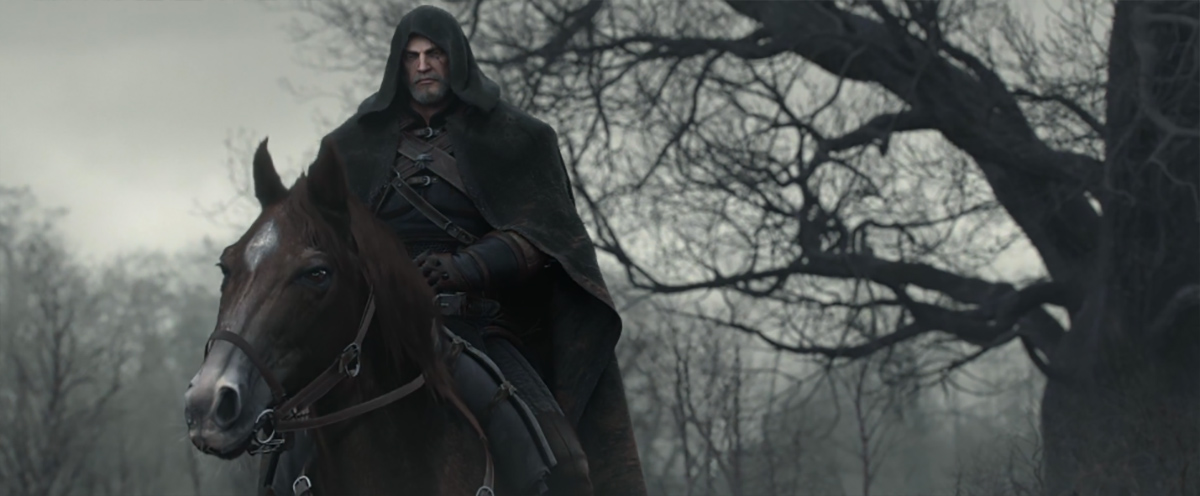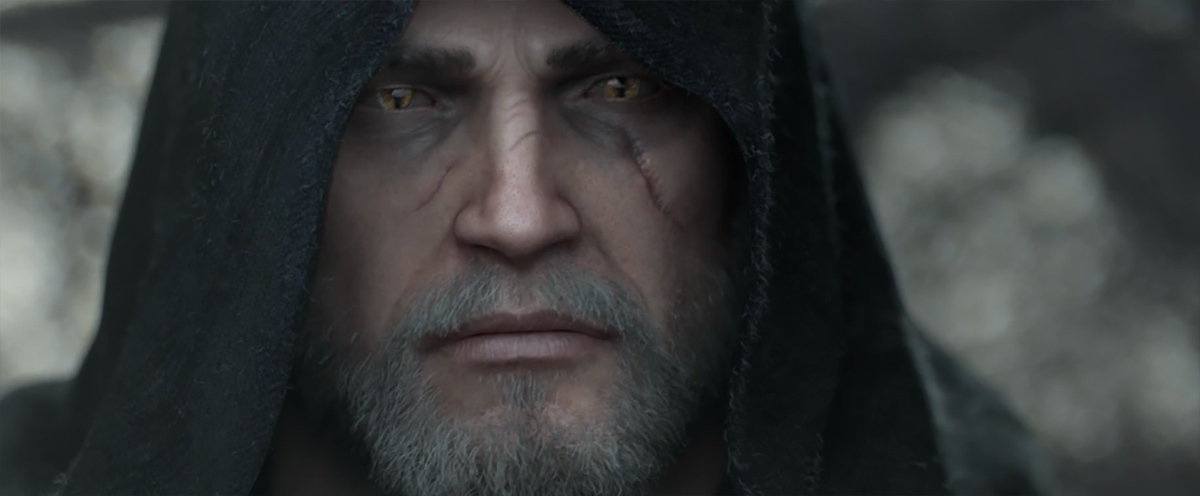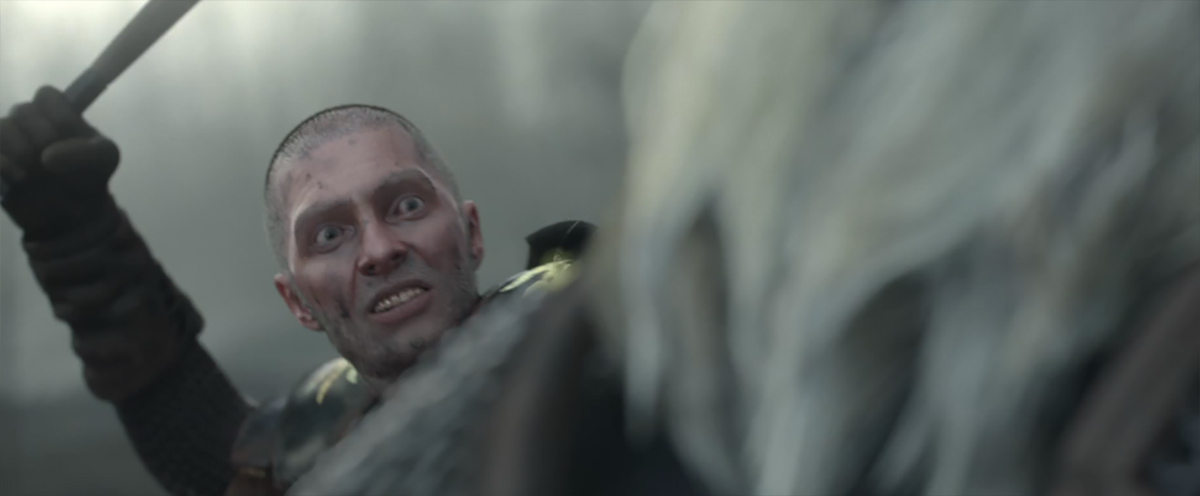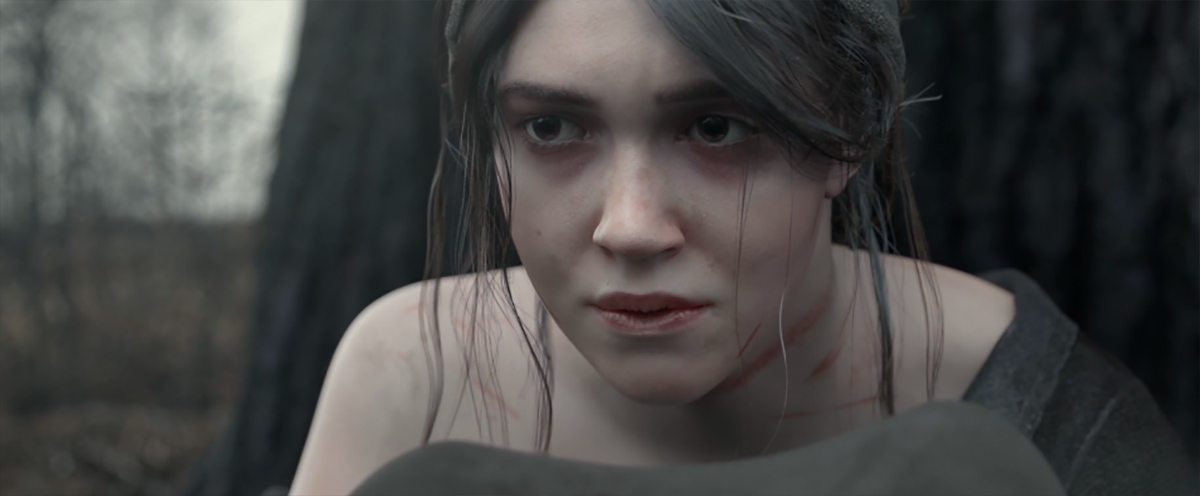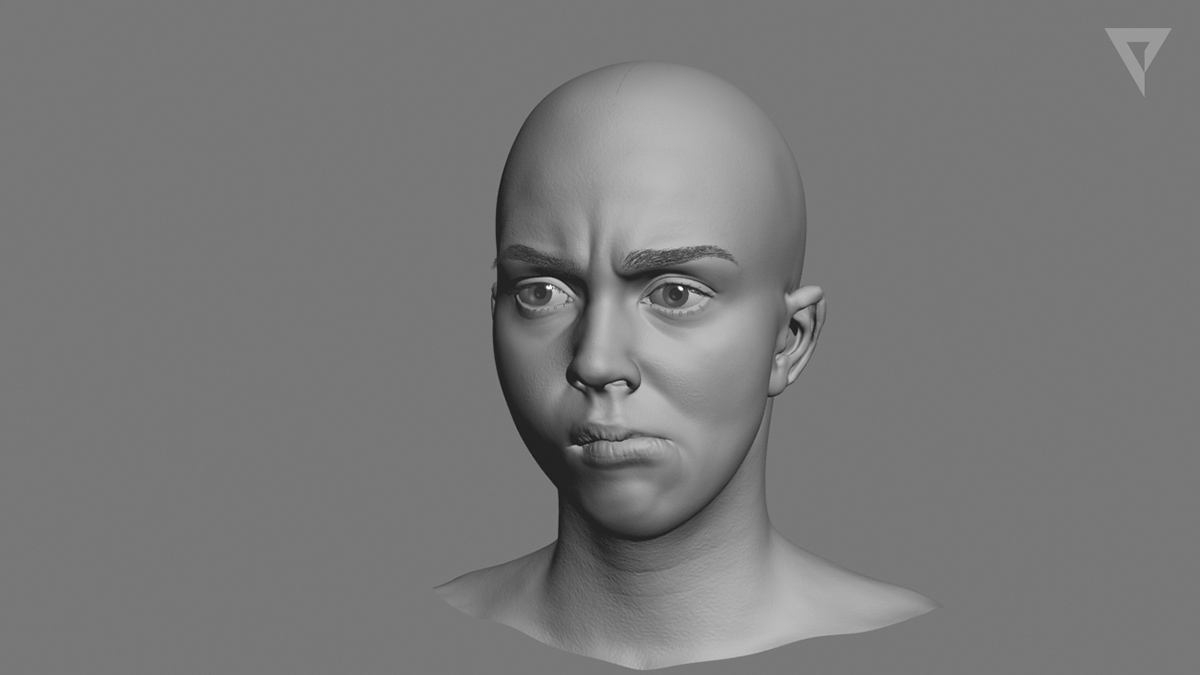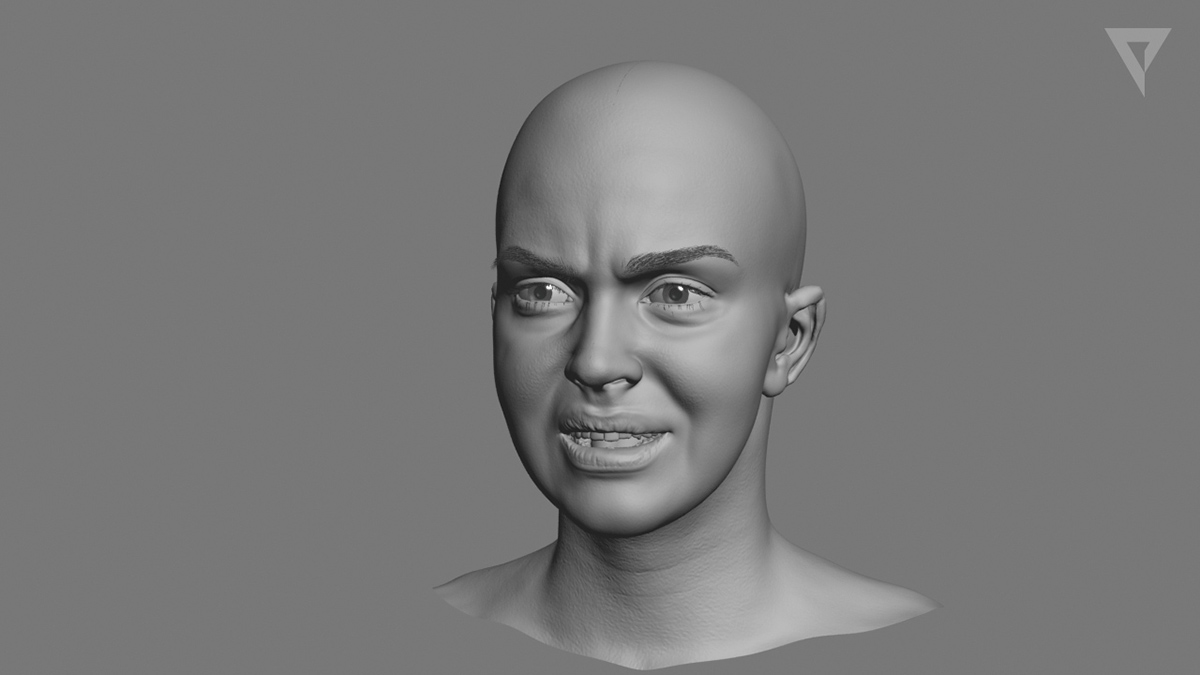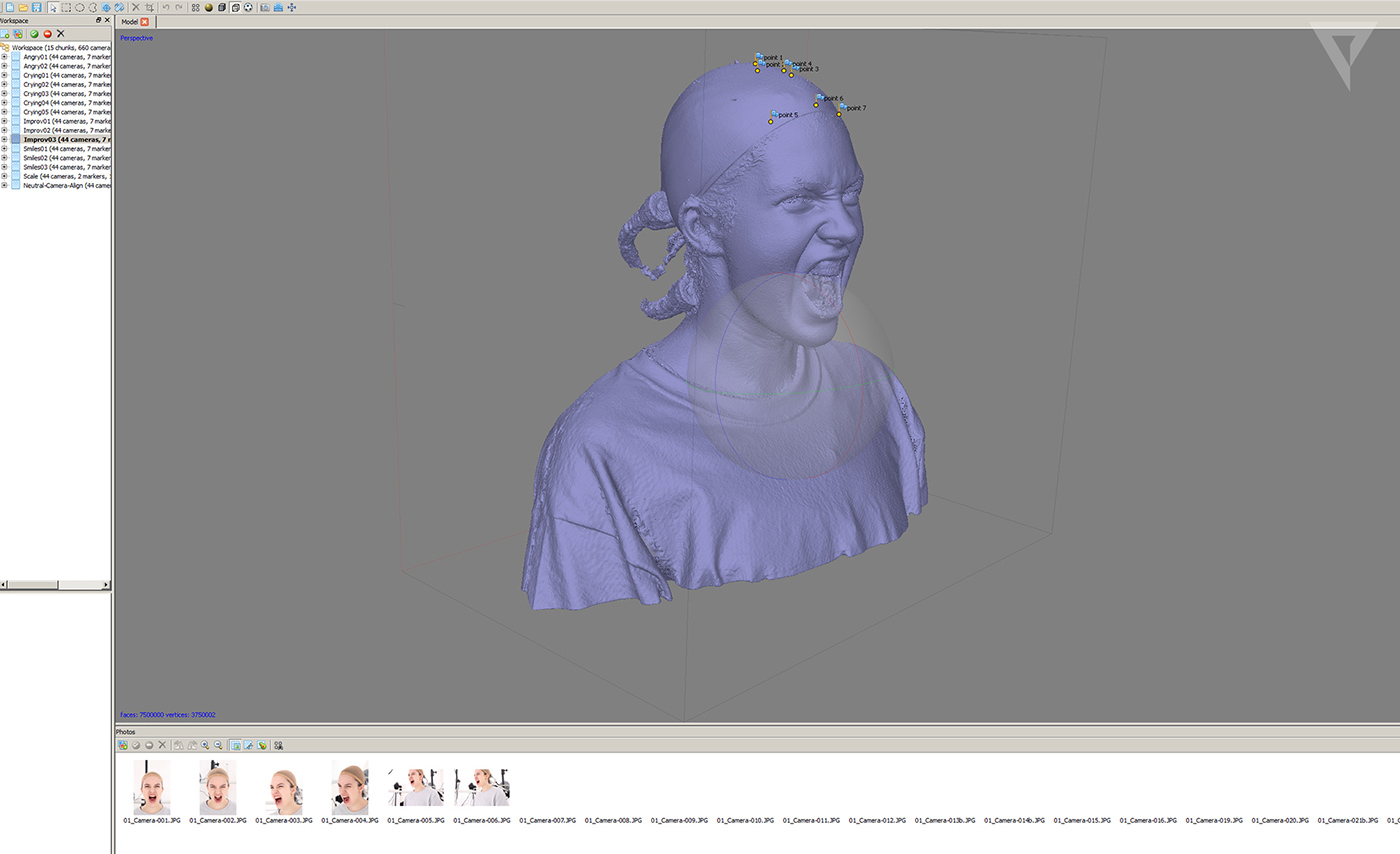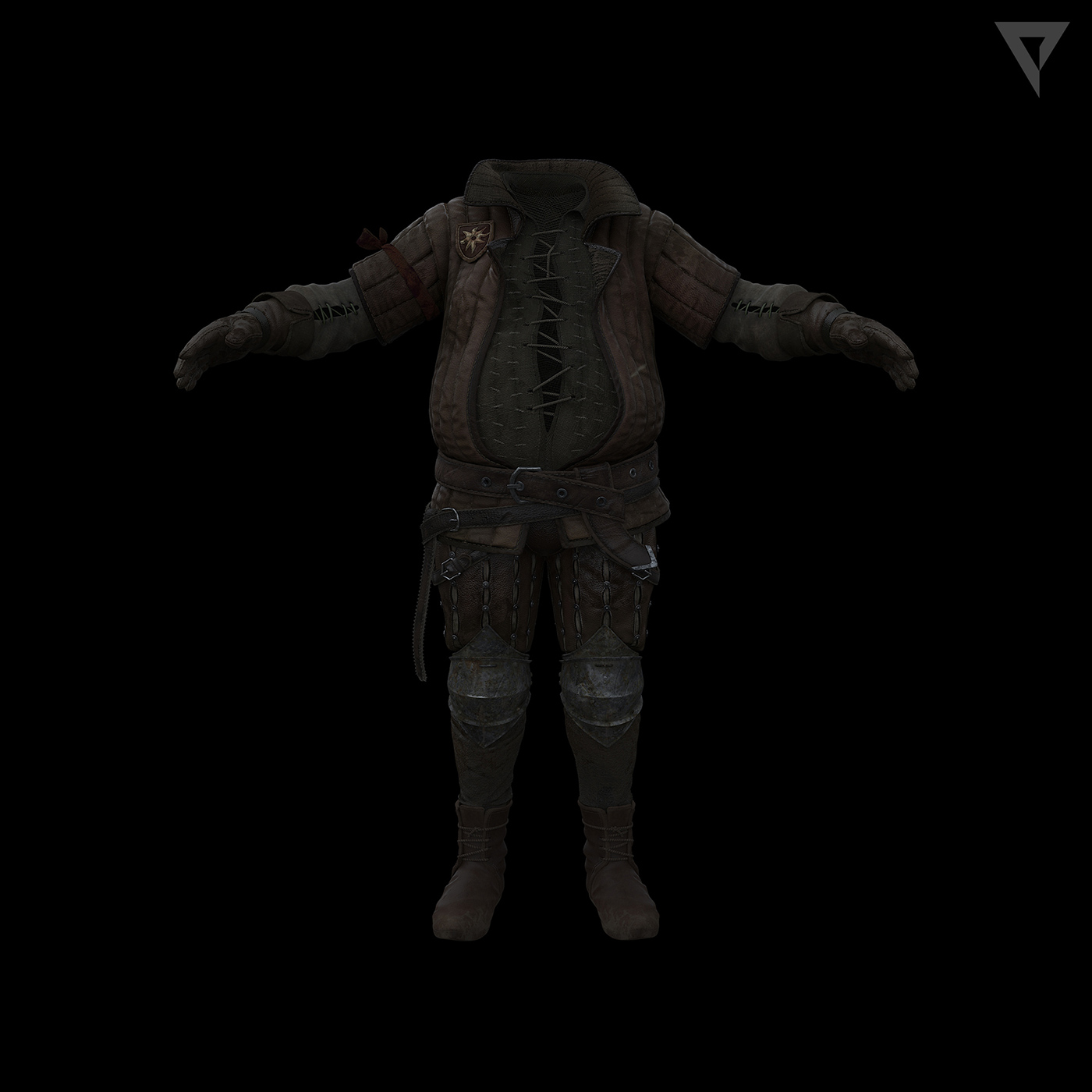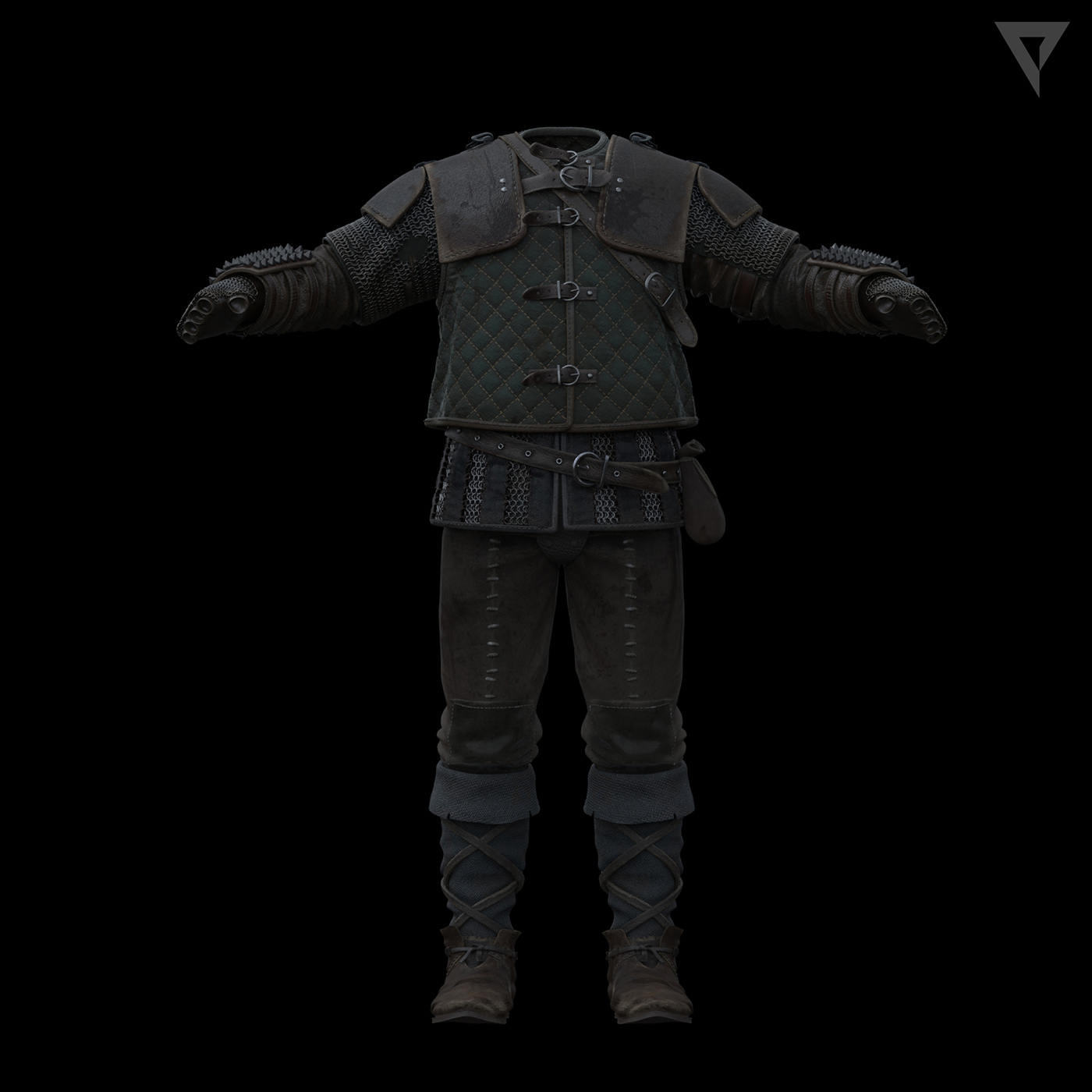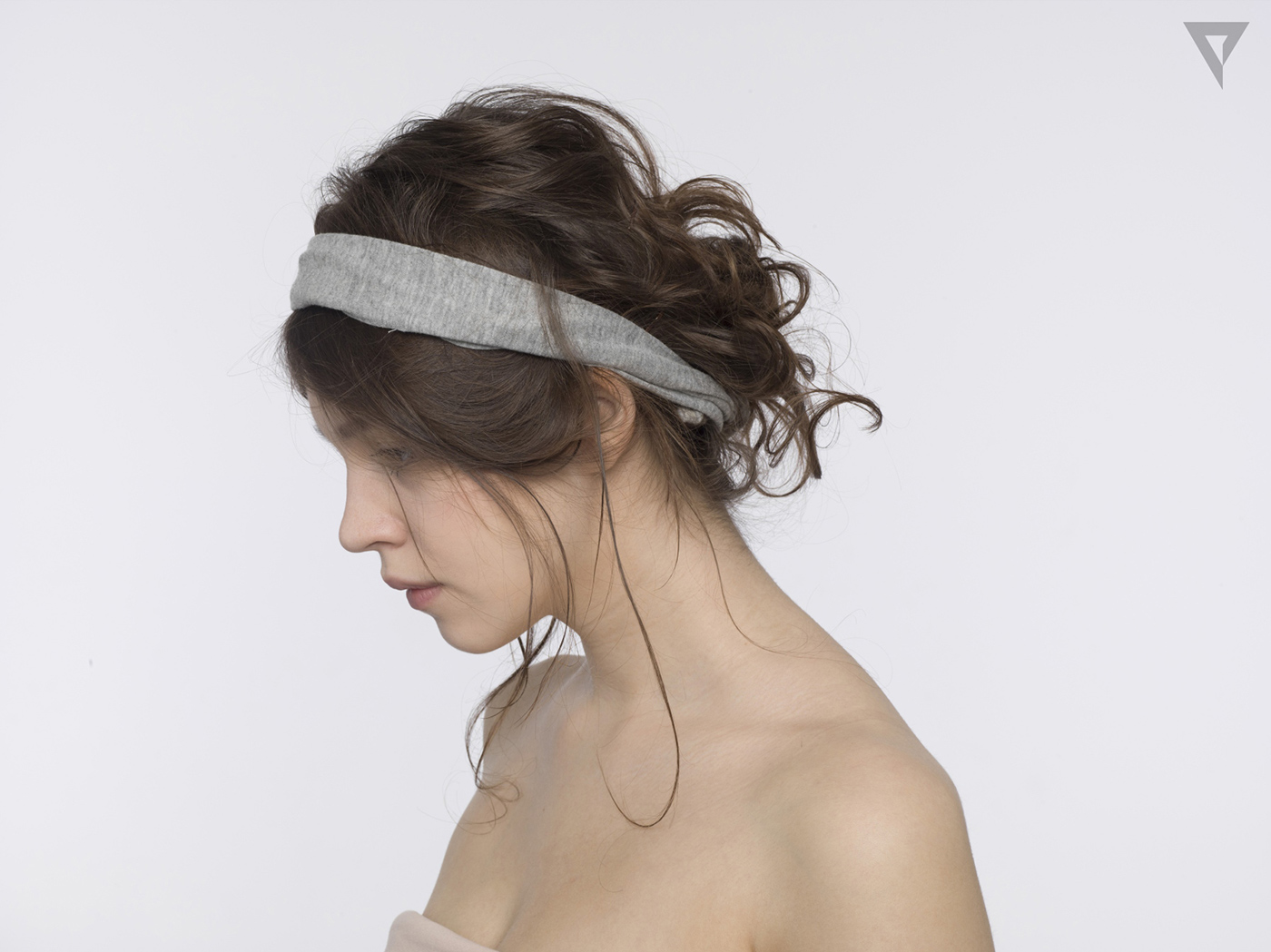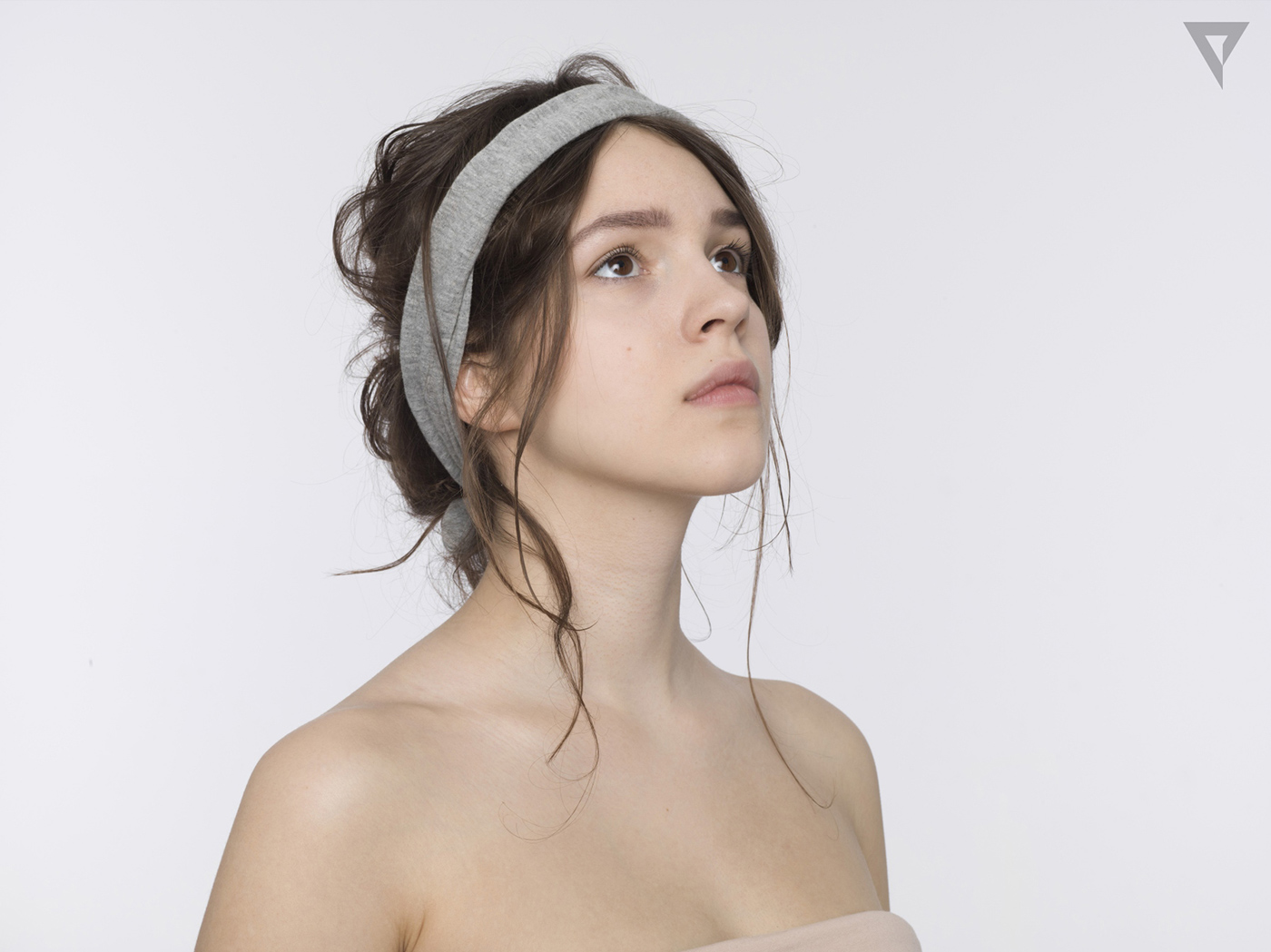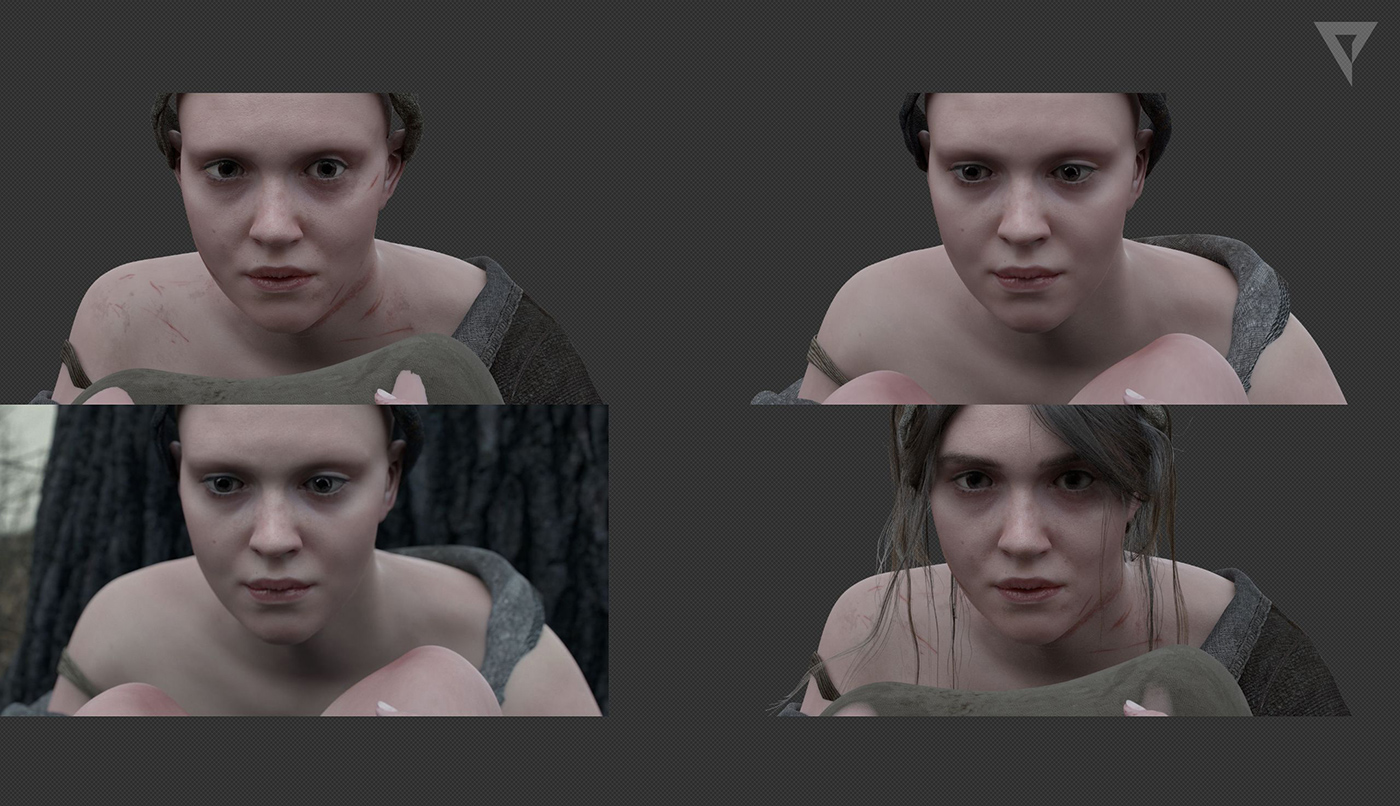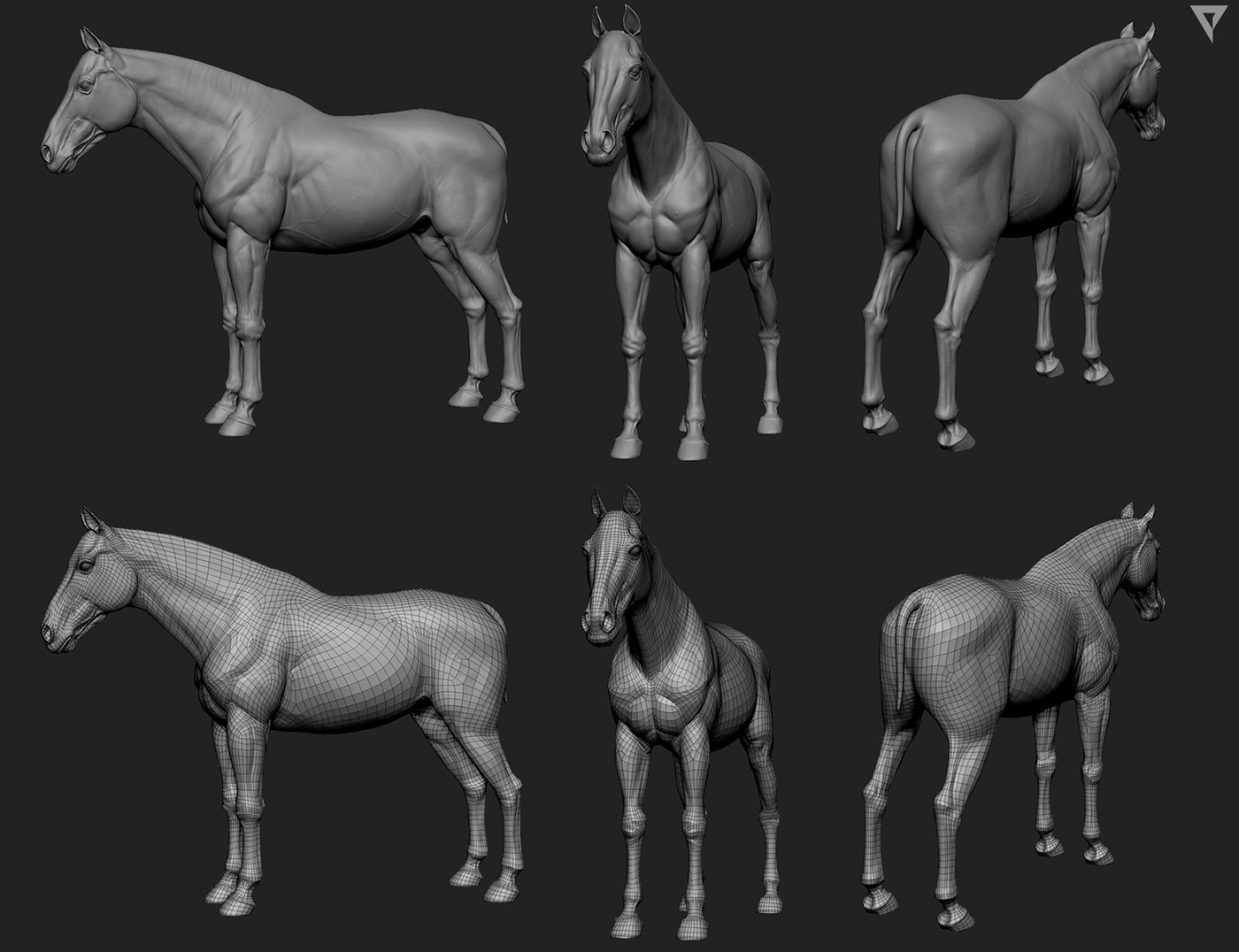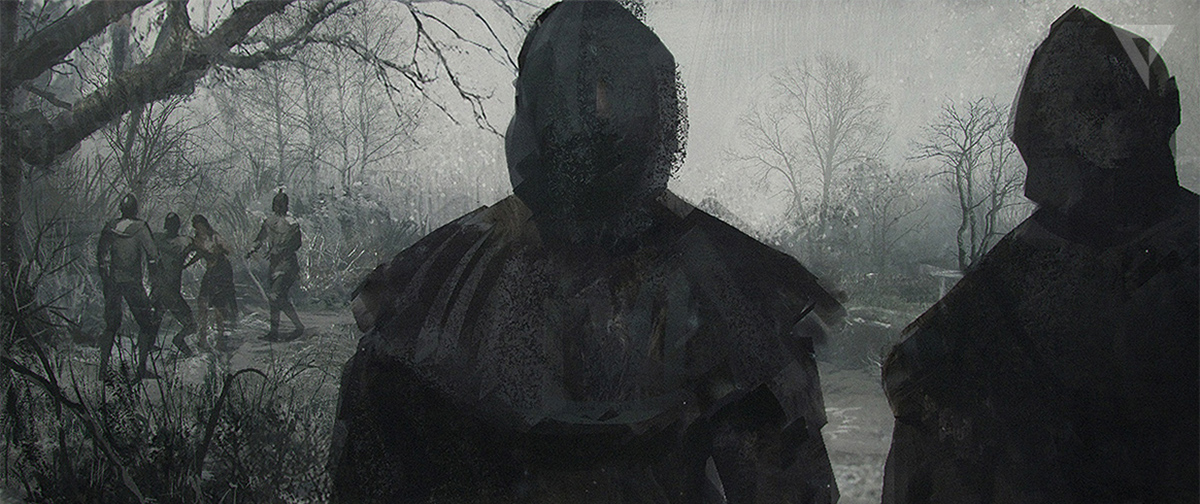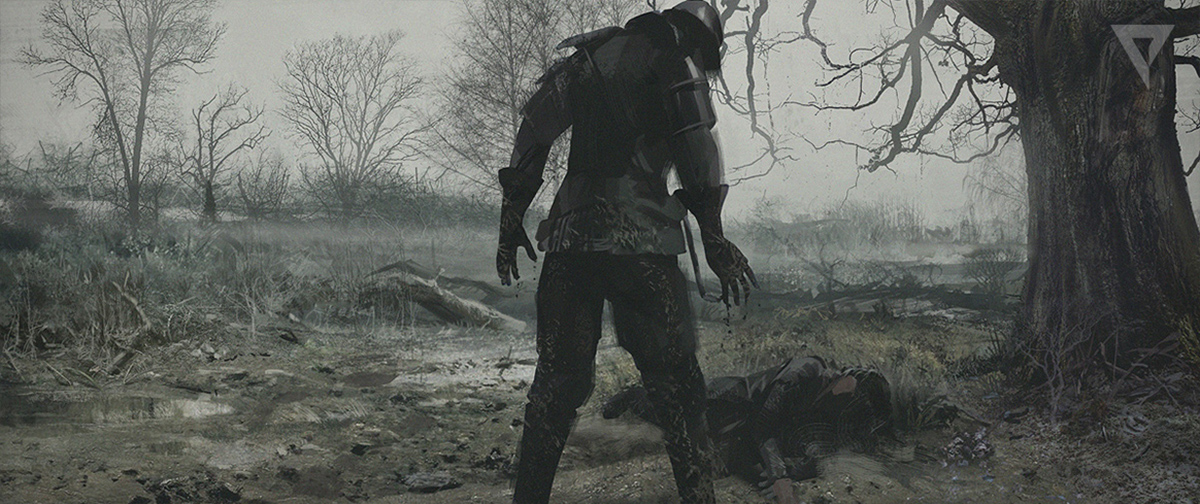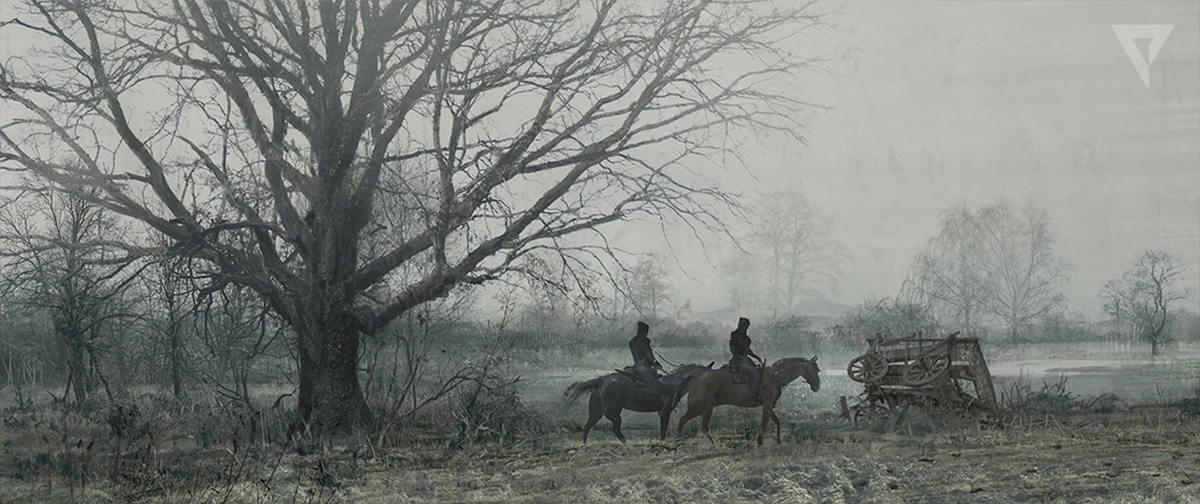The Platige Image team is back on The Art of VFX. They have explained their work on THE WITCHER 2 and CYBERPUNK 2077, now they talks about the creation of the teaser for THE WITCHER 3: WILD HUNT.
// TOMEK BAGINSKI – DIRECTOR
What is your background?
I have been working at Platige since 1998. Prior to joining the company I was in college studying architecture but eventually I decided I want to focus on animation and filmmaking, so I went ahead and followed this career path instead. Since then, I’ve worked on hundreds of projects, first as an animator, and then as CG Lead and director. I also created four short films, including the Oscar-nominated THE CATHEDRAL and FALLEN ART which won a BAFTA award. I also worked on bunch of special projects for TV and theater.
What was your feeling to be back in The Witcher universe?
Well, we have worked on quite a few films for THE WITCHER series already, so it actually felt a lot like coming back home. Each of those films was a unique challenge, of course, telling different stories and trying to do it in new and surprising ways, but in general, my team and I have been working with this character and this world for so long that it feels like just another part of our lives now.
How did you approach this new cinematic?
In comparison with other scenarios we have worked on, this new one turned out to be a bit different. It’s not just one scene, but it is still small, almost intimate. A handful of characters, a single location, and a simple and powerful story. No clashing armies, no helicopter shots, no explosions, falling buildings, and all that sexy stuff. Just a dirt road in the middle of nowhere and several characters. A kind of scenario that is much easier to shoot live than to do with animation. This seemingly straightforward, intimate scene became one of our toughest projects so far. We couldn’t hide anything, every little detail had to be polished to perfection. Each imperfection of either models or animation was immediately visible. Big, epic movies often hide defects and imperfections in special effects. In the case of this piece, however, every single detail was important to the overall effect. It was one of our biggest challenges to date.
Can you tell us how you find the story idea for this cinematic?
The process usually involves a mixture of the scripts we get from CD Projekt and the ideas that pop up in our heads when we start working on the piece. We have an amazing creative connection with the team at CD Projekt. We discuss a lot of different matters. At the first draft stage I’ll be outlining 3 or 4 different ideas, but that’s just the start. The script needs to be discussed, changed, and compared against the budgetary and production constraints. I think we had about 12 ideas for the teaser, written both at Platige and CD Projekt, and the discussions and getting the story to its final shape was a long and arduous group effort. It surely was one of the most important parts of the entire process. Every detail counts.
Once the script ready, what are the next following steps?
The process actually follows a similar path in every one of our projects. First we get the models done, and then we do the animation. The texturing and simulation teams work on it, then we give it to the lightning and rendering guys and finally, we finish the process with compositing. So, actually, my directorial duties don’t really involve a significant workload. At that stage, the heavy lifting is done by the CG Lead (in this case, Grzegorz Kuku?) and other members of the crew. One thing worth mentioning is that usually projects involving CG are not that straightforward. Sometimes even major changes in the story can take place quite late in the process. Such events are harrowing, but necessary, and ultimately make our projects better.
How did you design the fight choreography?
We had a great team of stuntmen and great choreographer. We worked with all of them on all our previous projects from The Witcher series. Their knowledge and their experience helped us immensely. I’ve provided the choreographer with some references, gave him some initial ideas and the rest came from him and his team. One of the most important references was this movie called THE RAID. It’s one of the few movies that clearly show you how deadly a simple knife can be. It’s one of the deadliest weapons on the planet, and there are not that many films out there that really drive this particular truth home.
How did you direct the MoCap sessions?
That question is impossible to answer. Directing is about listening to your gut, about quick reactions, and improvisation. MoCap is in many ways simpler than a typical live action set, but you have to see beyond people wearing funny outfits. Imagination works at full throttle during these sessions.
After this photo-real project, have you planned to go on live action feature for your next project?
I have many plans lined up and live action feature is among them, but I’m still collecting the necessary experience and I’m just trying to do my best in what I do now. I’m always busy. I’ve got several complex projects in the works. Some of them animated, some live action.
Was there a shot or a sequence that prevented you from sleep?
Last minute changes in the script were quite stressful and very demanding of us. We had to change one of the scenes just days before the trailer was released. It was intense, but I’m too old and I’ve got too many projects under my belt to lose sleep because of something like a scene change.
What do you keep from this experience?
First of all, even after doing multiple films for the series, THE WITCHER is still challenging. This time we couldn’t hide anything, every little detail had to be polished to perfection, but we made it. The level of quality our crew was able to achieve was surprising even for me. All this took place during a pipeline change, under hard deadline conditions. Being able to work with this team, with all of these talented people is an honor and I’ll be forever grateful for this. After completing this project I simply refuse to believe that there are « impossible » undertakings out there.
What is your next project?
Well, I’m working on some really fascinating pieces right now, but I cannot talk about any of it yet. You’ll see some of that stuff in early 2014.
What are the four movies that gave you the passion for cinema?
AKIRA by Katsuhiro Otomo, HEAT by Michael Mann, PREDATOR by John McTiernan, and TERMINATOR 2: JUDGMENT DAY by James Cameron.
// GRZEGORZ KUKUS – CG SUPERVISOR
Can you explain in details about the character creation and especially the woman?
All characters except Geralt were created using 3D scan of live actors, and the female character was based on the likeness of Marianna Januszewicz, a young Polish actress. Just like in the case of the Cyberpunk 2077 cinematic, this approach infused the trailer with a dose of realism, limited discussions about the appearance of the characters, and significantly accelerated the entire process. The scans were complemented with photographs snapped during a full reference shoot: the texture team received a few hundred of reference images, from the tiniest detail up to shots of entire figures. When it comes to hair, we also decided to go the real-life route: first we styled our model’s hair, meticulously photographed the result, and only then did we sit down to do 3D work, where combining Zbrush and Yeti worked like a charm.
Thanks to ZBrush’s FiberMesh we can quickly deploy a basic hairstyle which we then can easily transfer to Maya and polish up in Yeti. The problem with creating complex hairstyles is that each drastic change forces us to basically start the entire process anew – and if we have detailed reference material that we pored over with the director, we can shorten the process of creating hair from scratch to merely a dozen days.
Creating meticulous facial expressions also posed a challenge – although barely visible and very subtle in this particular film, it nevertheless required a serious effort on our part. We had FACS scans for the main characters and scans of a dozen specific facial expressions that we knew were going to appear in the film and we still used XSI Face Robot, supported by a vast array of our in-house solutions, plus simplified mocap and precise movement references captured on a live set. For some of the shots we used pre-made facial scans, which sped up the animation process considerably. Mari performed splendidly with textures, as it usually does; it’s perfect for working in high resolutions on multiple layers. The characters, as well as the entire movie, were rendered with Arnold in Maya.
How did you handle the fur and cloths aspect?
As I already mentioned, when it comes to hair, we were quite fond of using the Yeti+Arnold combination. Except for the hair of THE WITCHER himself and the girl, we had a dozen smaller setups – each character has facial hair, eyebrows, hair, some fabrics contain tiny 3D hairs as an additional detail. The horses, fairly prominent in our trailer, were handled separately. In this particular case we used Houdini for both simulation and rendering. When we launched the project, Yeti was still something of a mystery to us, so we decided to use software that we had a proven track record with.
Fabric simulation was done using the same tools as always: a combination of Maya, 3ds Max, and a host of our proprietary in-house tools. Heavy grids and a large number simulated elements were the primary problem in this particular case, some simulations took up even a couple of minutes per frame, which turned into hundreds and thousands of hours spent on collision calculations alone.
What are the four movies that gave you the passion for cinema?
2001: A SPACE ODYSSEY, THE LION KING, FINAL FANTASY: THE SPIRITS WITHIN and FINDING NEMO.
How long have you worked on this project?
We started right after New Year’s Eve, spending two months on pre-production and pipeline changes and then four months working on the movie proper. The early versions of the movie were ready by June; we spent the next few weeks on last minute changes and tweaks.
What was the size of your team?
The core team consisted of over a dozen people; after including people tasked with specific, individual jobs and freelancers, the number of graphic artists mentioned in the credits nearly reached 50. Another dozen or so included the actors who provided their likenesses to the characters, the stunt crew responsible for the fight choreography, sound guys, musicians, and producers, of course.
The fight is shown in one impressive continuous shot. How did you conceived it? Can you explain in details about its creation?
We established early on that the fight sequence will be the most spectacular element of the film. We set out to recreate real-life knife combat, without any exaggerations or excessive stylizations. In reality, the majority of knife fights are resolved within a few seconds, after a brief exchange of blindingly fast strikes. Building on that assumption, the director and the stunt crew created a complex choreography featuring lightning-fast moves courtesy of THE WITCHER character. Once we finalized the setup, the rest of it was a job as usual – stunt guys, mo-cap, Blade, Motion Builder, layout, and the final animation in Maya.
Can you tell us more about character animation?
Aside from the facial expressions, the animation part of the project was nothing to write home about. We started with setting up the choreography, later moved on to motion capture sessions with the stunt crew and the actors. A few of the shots were captured at our in-house mocap studio, which we’ve had for the past few months now and it’s been performing splendidly. Because we have our own studio a short walk from our own desks and don’t have to hire external companies to do mocap for us, we can quickly introduce even major changes in animation. Both layouts and animation proper were done in Maya, whereas preliminary data processing was done in Blade and Motion Builder.
Can you tell us more about the render aspect?
We decided to change the pipeline for this project, especially the part concerned with scene setup and rendering. Platige artists have been using the Max/V-ray duo for years now, but this time around we switched to Maya and left the rendering to Arnold. It’s a part of a process that we launched 18 months ago for our bigger projects, but this was the first time that the entire production, from layouts through animations and up to rendering was done using Maya. Our software engineers made the transition fairly painless, there were a few sleepless nights, however. I have a feeling that the bigger the project is, the more Maya turns out to be better than Max. It was far easier for us to code and automate certain processes in Maya, especially given the fact that we knew exactly what we wanted.
After getting through some initial problems in the first few weeks, especially stability issues, Arnold turned out to be a wonderful tool and we’ll surely be using it further down the road. V-ray will remain in the studio’s arsenal, especially in the commercials division, but the bigger the project, the better Arnold turns out to be. It’s fairly easy to get good results and Arnold’s entire sampling philosophy is this: it’s better to have the rendering farm work a few more hours than to have an artist work for a few more days. And, of course, the GI quality and shader control is much better than in other renderers we had the opportunity to work with. If I were to wish for one thing, it would be better integration with MtoA and Maya and more predictability when it comes to minute errors that influence the overall stability.
What was the biggest challenge on this project and how did you achieve it?
The biggest challenge during production was surely the number of elements. Despite the brief running time of the movie, we had a host of complex assets to deal with, often involving displacement, cloth simulation, hair movements, and hundreds if not thousands of textures. Some of them were on screen for merely a few seconds, so the amount of work required per frame had to break some kind of record in our studio. Also, as it often is with 3D, the higher the number of complex elements, the greater the chance of something going wrong. All of the problems accumulated in the fight sequence, which is a single 700-frame-long shot with several characters and tons of geometry in the environment, but we overcame them in the end. In the case of specific processes, like cloth simulation, we divided the shot into smaller fragments which we later blended together. During environment rendering, however, it turned out that the brute force approach will be the easiest – essentially the entire environment was done in one pass on one layer, with all of the elements at once. Our entire in-house rendering farm crunched that sequence for several dozen hours giving our artists time to focus on something else.
// MACIEJ JACKIEWICZ – ART DIRECTOR
Can you tell us more about the environment creation?
Environments are the result of Marcin St?pie? and Micha? Firek’s arduous labors. They built it mostly with old-school Maya paint effects. There are tons of geometry there. Grass, leafless shrubbery and trees are all in 3D. Scenes were horrible to work with but fortunately Arnold handled it really well and rendering was basically effortless. It all looked good enough straight from the renderer so we used matte paintings only for the more distant trees. Several photo trips to the nearby Kampinos Park were quite helpful. The scenery there is exactly what we needed. Forests and swamps straight from the world of THE WITCHER. I could shoot enough material for the matte paintings there. The last step was a quick comp in nuke. Projected background, fog and atmosphere were added and mixed together there.
The CG is really impressive. What are your process and secret tips to achieve to this photo-real look?
There’s really no secret or magic trick at work here. Photorealistic look is usually the result of tedious work consisting of observation and meticulous recreation of details of ‘real’ things. Obviously 3D scanning was a huge help with main characters but we also tried to get as many other references as we could. Detailed photo sessions with actors to capture materials for textures and FACS system were a big help. We also had a chance to prowl around the vast repositories of the Film Centre in Lodz. This facility has a collection of film costumes from multiple Polish movies. That gave us a vast array of costume, fabric, and armor references.
Another key element in this cinematic is obviously lighting. We’ve decided to go with this flat, washed out, ambient look. It’s a perfect match for the story of the teaser and THE WITCHER’s world. It was a bit tricky though, because THE WITCHER in general is very colorful and more stylized. Our previous cinematic intro hewed much closer to that look, so we were not sure how this new approach would be received by both CD Projekt RED and gamers. Also, this kind of lighting is far less forgiving for CG artists. You can’t hide anything in shadows or make it more attractive with more dramatic lighting. Having said that, this light adds a significant measure of realism. There are no shining armors, naked swords glittering in the sun, dramatically lit landscapes. Just depressing, dimly lit, Eastern European-looking landscape. The kind of scenery you can expect to see on a cold March morning when traveling through the outskirts of Warsaw. You can’t get any more real than that ?
A big thanks for your time.
// THE WITCHER 3: WILD HUNT – PLATIGE IMAGE
THE WITCHER 3: Wild Hunt from Platige Image on Vimeo.
// THE WITCHER 3: WILD HUNT – COMPOSITING BREAKDOWN – PLATIGE IMAGE
// WANT TO KNOW MORE?
– Platige Image: Dedicated page about THE WITCHER 3: WILD HUNT on Platige Image website.
© Vincent Frei – The Art of VFX – 2013


